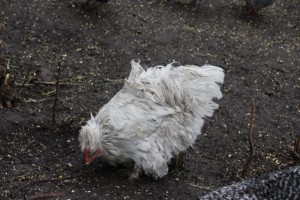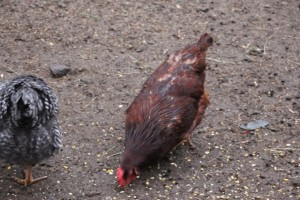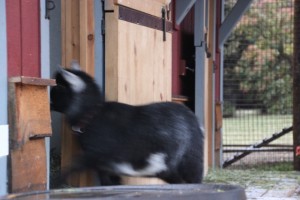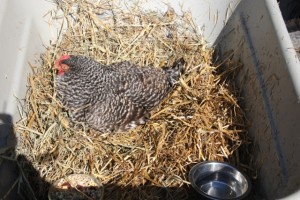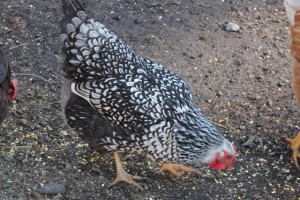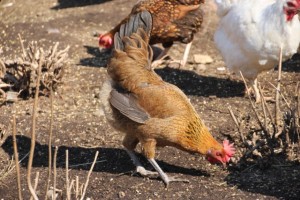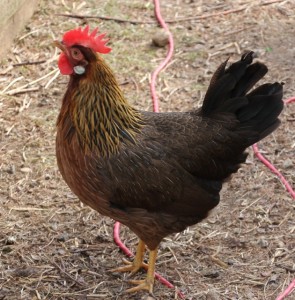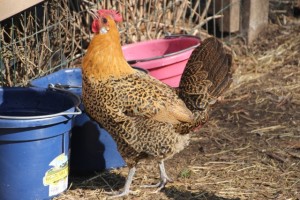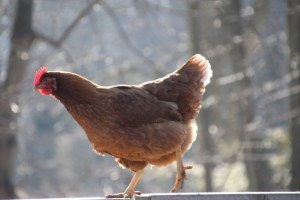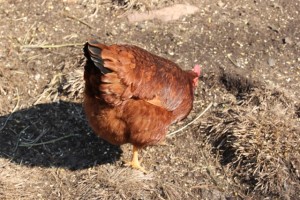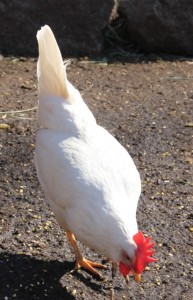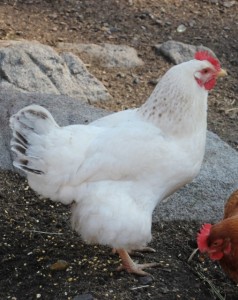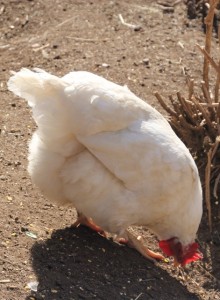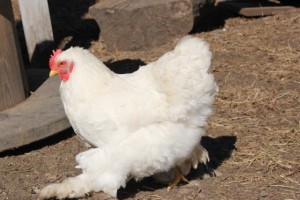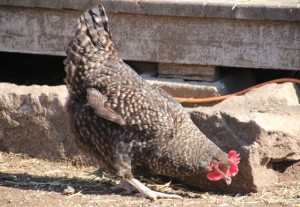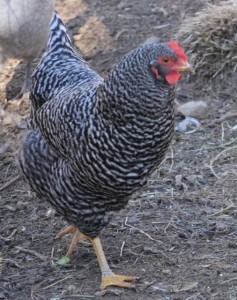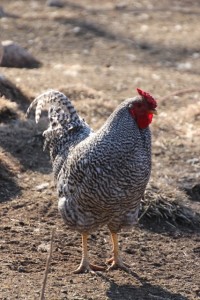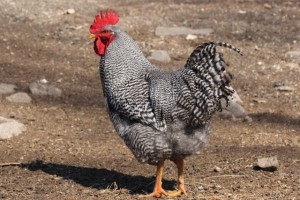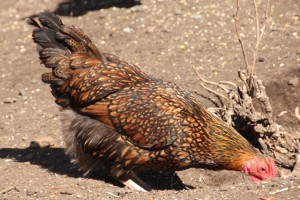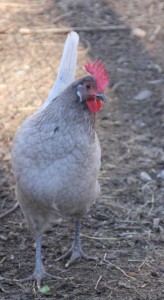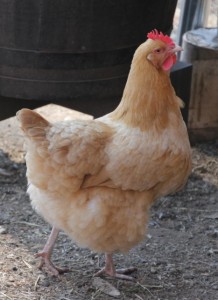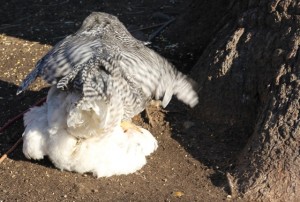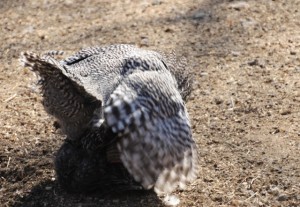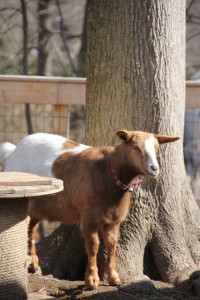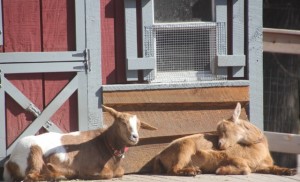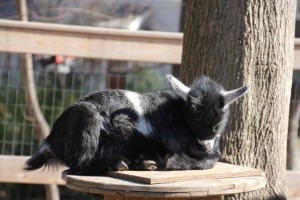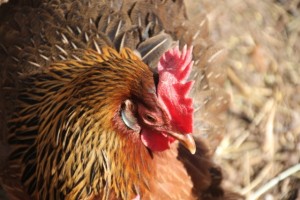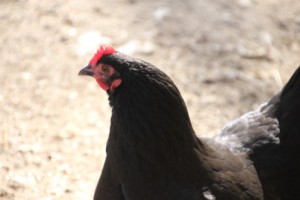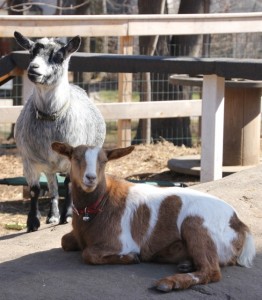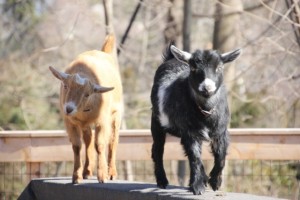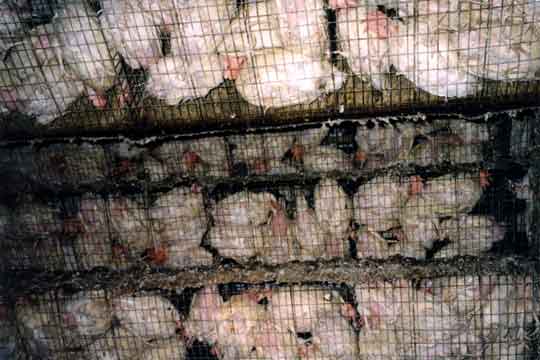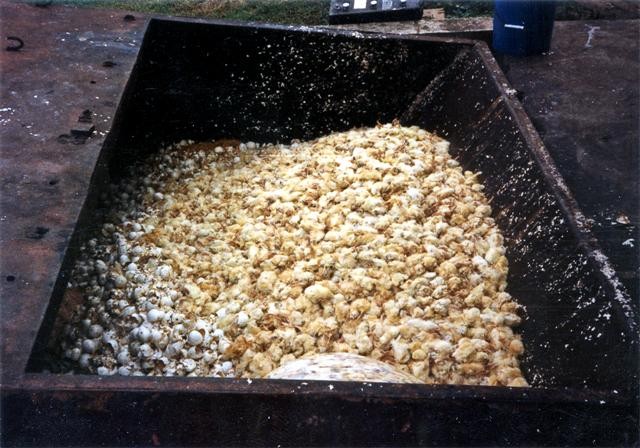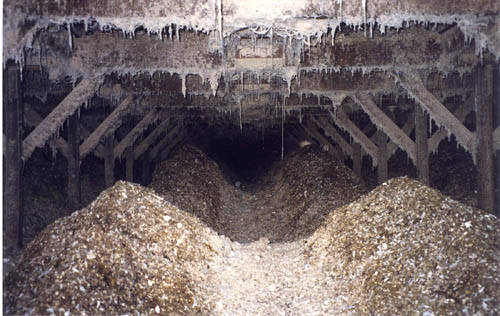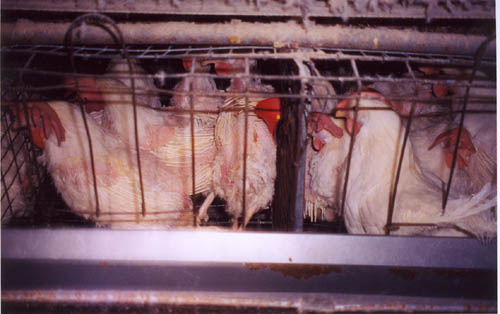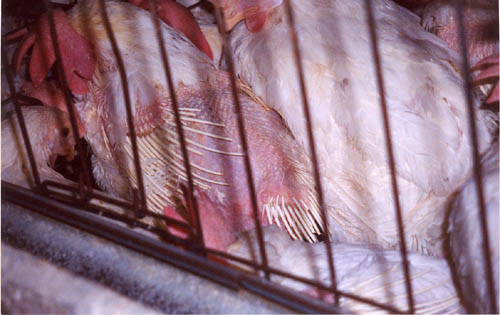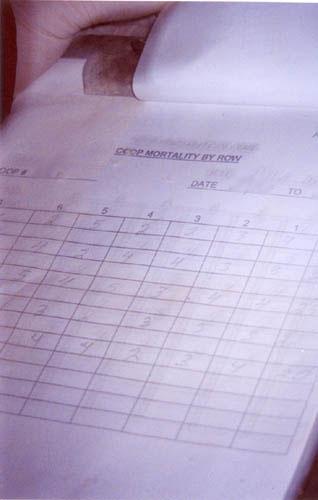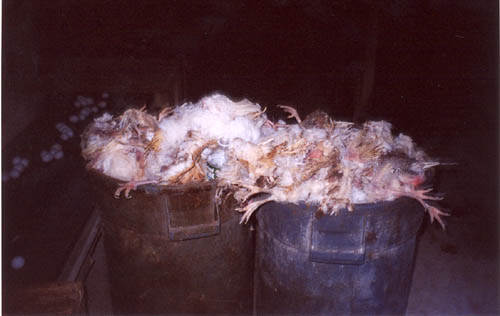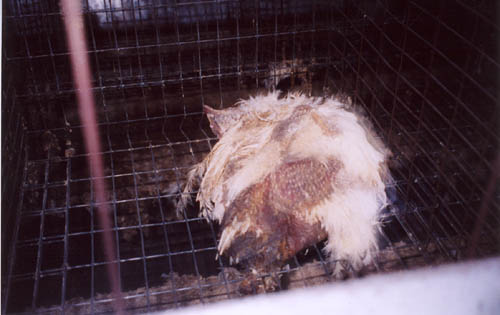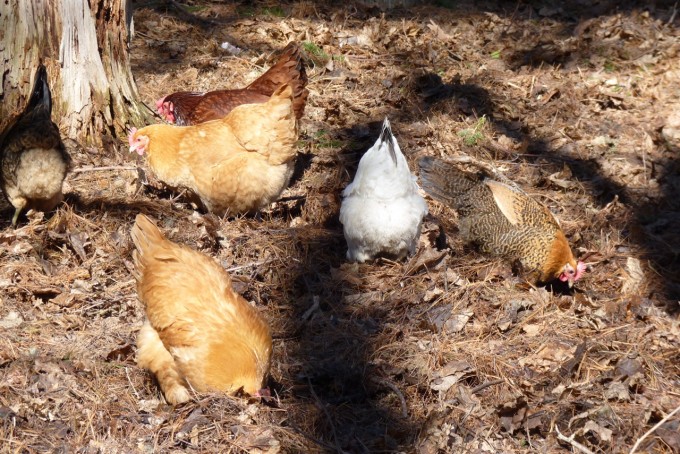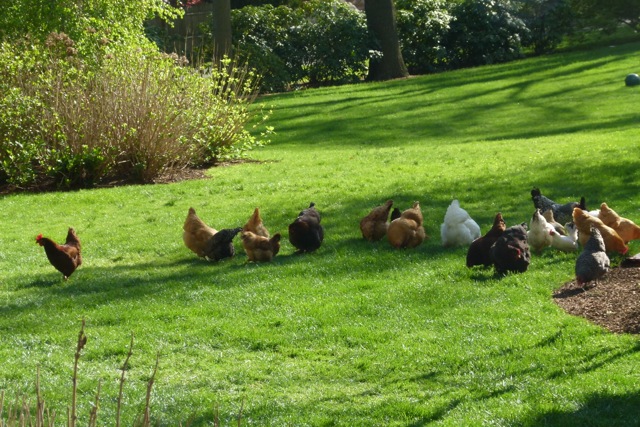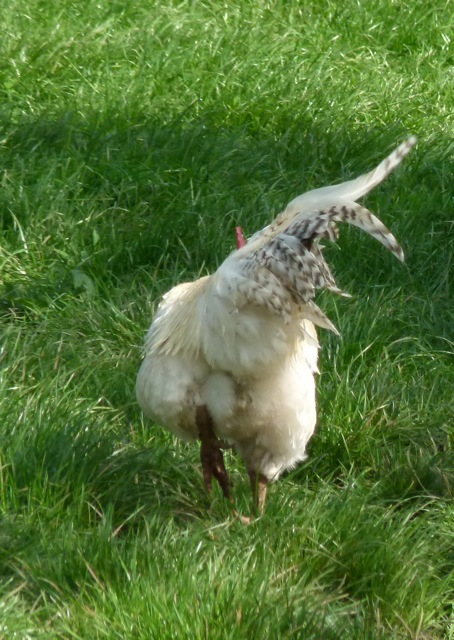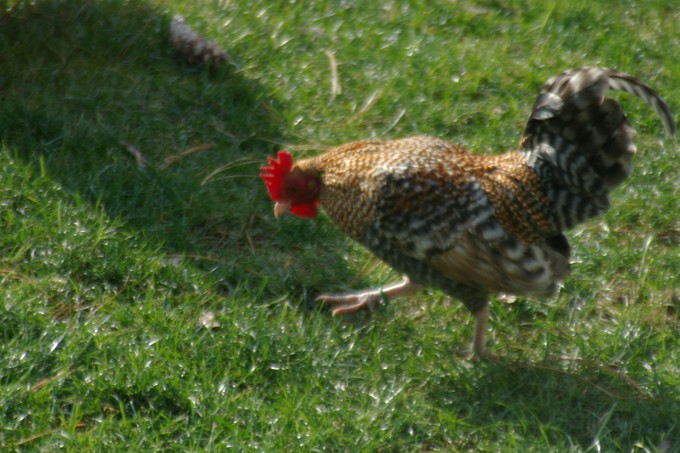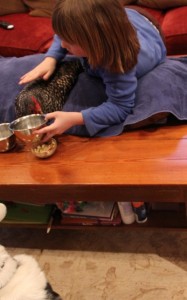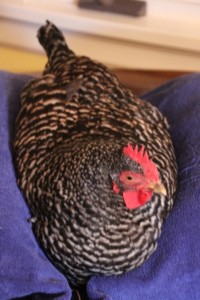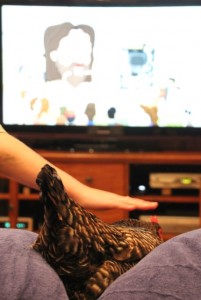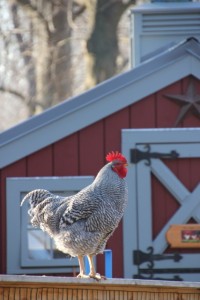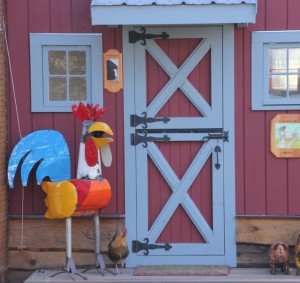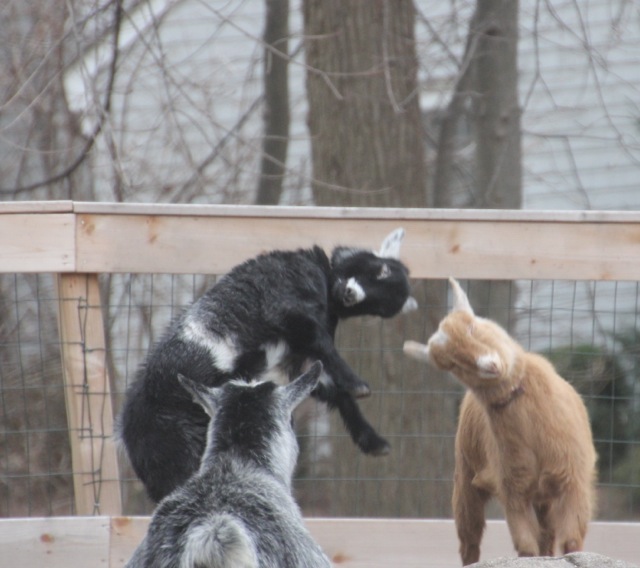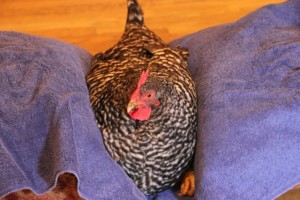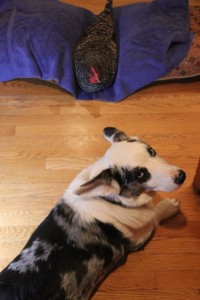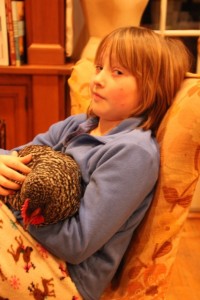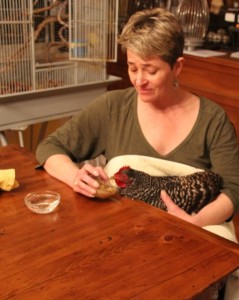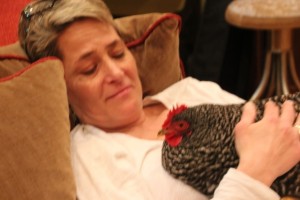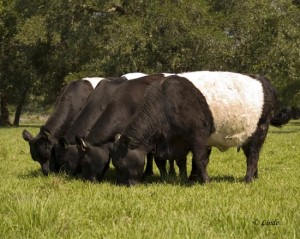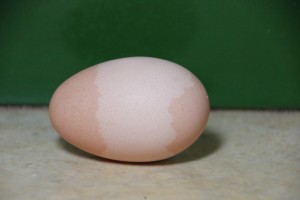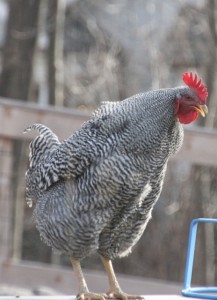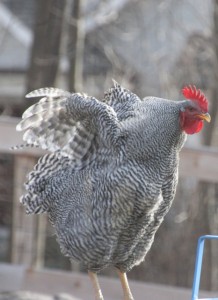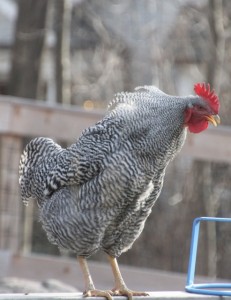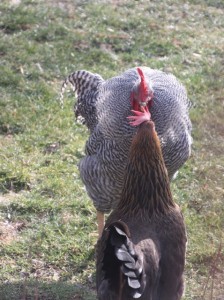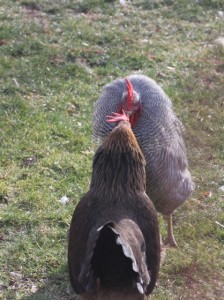Since I’m not home on the farm but vacationing in Mexico for spring break with my family, I’ll post about the animals I see when I’m away.

Today we drove to a place about 15 minutes away from where we are staying and went swimming with dolphins, manatees and seals. We didn’t really know what to expect, but we were all pleasantly surprised with the program and how much we got to interact with all of the animals. We spent almost 4 hours there, and most of those 4 hours were spent in the water with the animals.
There were 2 adult dolphins in the tank with us and 2 baby dolphins! They were so adorable, and the mom’s would occasionally swim off to check on what their babies were doing and then come right back. We all got to kiss the dolphins.



We all got to be pulled around by the dolphins while holding on to their dorsal fins.

And we all got to do this, too: We lay in the water in a flying superman position with our legs locked, and the 2 dolphins came up from behind and literally pushed us up out of the water like we were waterskiing. The power of these animals was quite extraordinary.


Then we moved on to the manatee tank. There were five manatees in the tank, the youngest one being only 2-1/2 years old. They sucked in lettuce leaves like vacuums and their little whiskers were the so tickly when you kissed them!

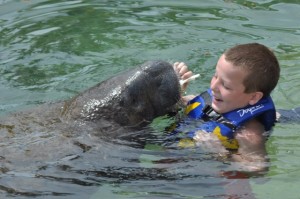


This was the smallest manatee, at 2-1/2 years old. He rolled onto his back and let us hold him in our arms.


Then we got to all swim around the tanks with them with heads of lettuce and they’d come up and eat a few leaves from you, then move on to the next person, and come back for more in a bit. They were so large, so gentle, and so sweet.
The last visit was to the seals, and we all enjoyed them more than we anticipated.
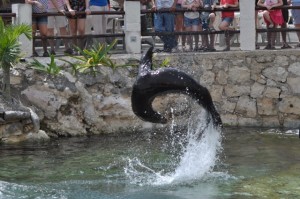

She tried to give Everyone a french kiss.




It was a really fun and informative morning. This is something the kids have been dying to do, and I think Jim and I were excited about it, too.
I can cross that off the Bucket List.





